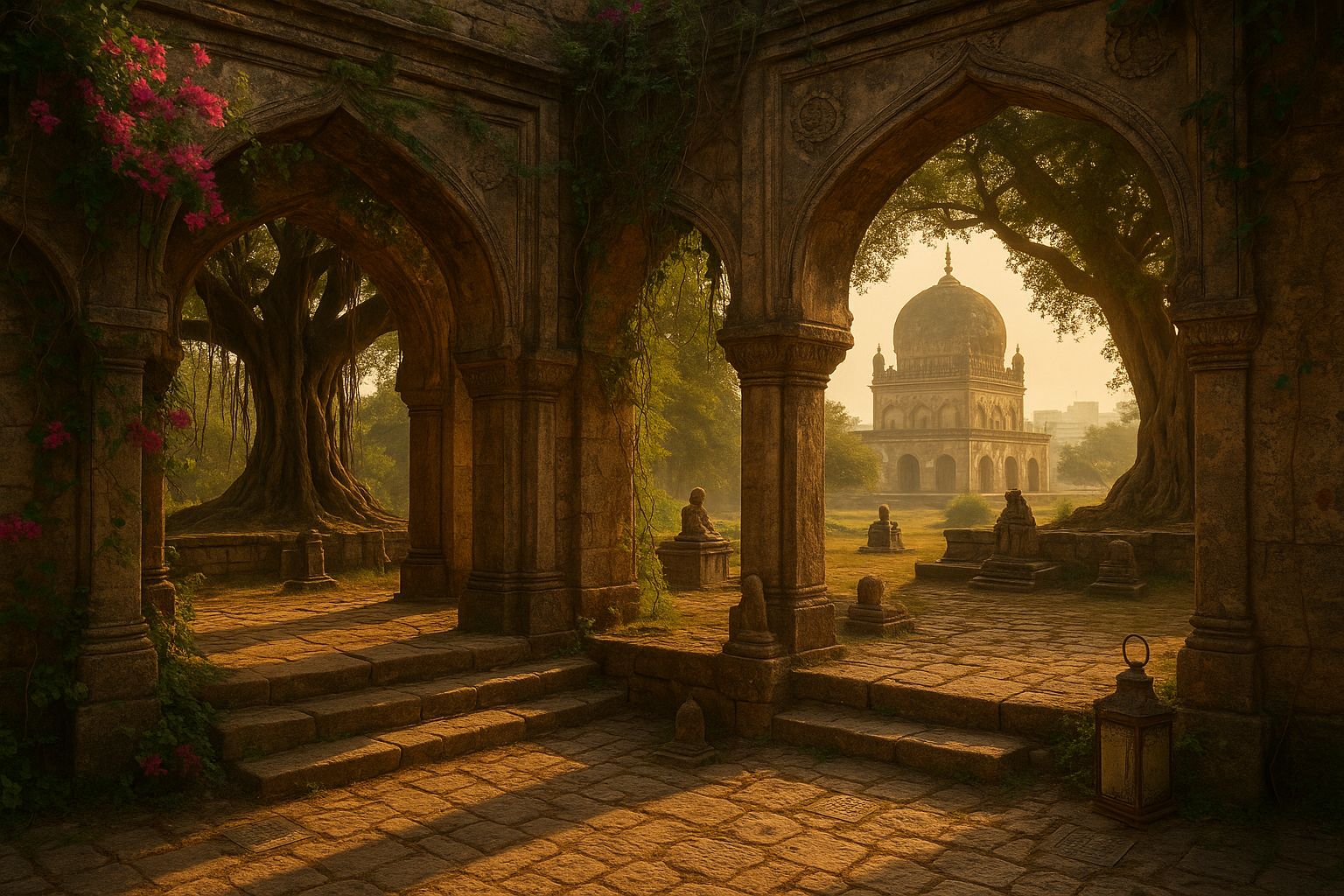Hyderabad’s skyline is often defined by its grand mosques and bustling markets, but beyond the iconic Charminar and Golconda Fort, the city hides a trove of lesser-known historical marvels. These veiled treasures whisper tales from centuries past, tucked away in quiet lanes and shaded courtyards. For the curious explorer, Hyderabad offers more than meets the eye—intimate mausoleums, crumbling baolis, and ornate mansions await those willing to wander off the beaten path. As editors at MyOnely, we unveil the city’s secret chapters, inviting you to step into spaces where history lingers, quietly unspoiled by the crowds.

The Paigah Tombs, built in the late 18th century, are a lesser-known architectural marvel in Hyderabad, showcasing Indo-Islamic and Mughal styles. Managed by the descendants of the Paigah nobles, their intricate stucco work and serene ambience offer a unique glimpse into the city’s noble legacy.
Once the seat of the Asaf Jahi dynasty, Chowmahalla Palace blends Persian, Indo-Saracenic, and European influences. Awarded UNESCO Asia-Pacific Merit in 2010, this 18th-century palace is famed for its opulent halls, aura, and less-crowded corners that reveal hidden Hyderabad history.
Constructed between 1798-1805 for British Resident James Achilles Kirkpatrick, this neoclassical mansion is now part of Osmania Women’s College. Its grand columns, chandeliers, and tales of intrigue make it a captivating, lesser-known chapter of Hyderabad’s colonial history.
Famed for its unique Moorish architecture, the Spanish Mosque was commissioned by Paigah noble Sir Vicar-Ul-Umra in the early 1900s. Its horseshoe arches and white façade set it apart, making it one of Hyderabad’s most unusual and underappreciated heritage sights.